1. Own only one set of dishes
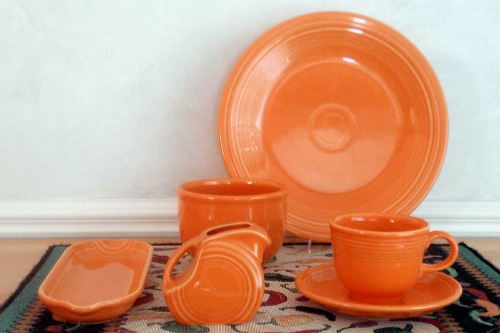
Minimalist guides often suggest keeping just one plate, one bowl, one cup, and one set of utensils per person. While it sounds efficient, it can quickly become exhausting because every meal requires immediate washing. There’s no chance to let dishes sit if you’re rushing out the door. Instead of streamlining, it turns eating into a constant cycle of scrubbing and drying.
It also limits your ability to host guests or even share a meal without extra effort. Imagine having a friend over and needing to wash your single fork just to serve them. Minimalism here stops being about simplicity and becomes about restriction. Sometimes having a backup plate is the actual time-saver.
2. Get rid of all “just in case” items
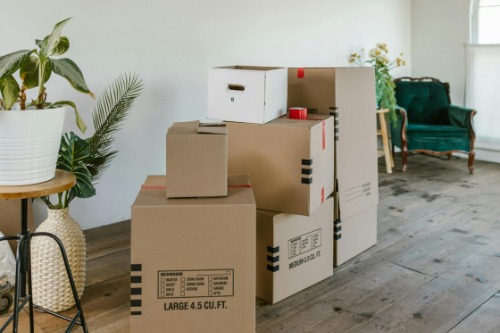
The mantra of tossing anything you don’t immediately need can sound freeing. But life is full of “just in case” moments where an umbrella, spare charger, or extra towel comes in handy. If you’ve purged them, you’ll find yourself running to the store at inconvenient times. That’s not simplicity—it’s shifting the chore elsewhere.
It can also be costly over time. Constantly re-buying what you discarded adds stress instead of easing it. Minimalism works best when it balances preparedness with clutter reduction. Without that, you’re left feeling under-equipped and frustrated.
3. Capsule wardrobes with strict limits
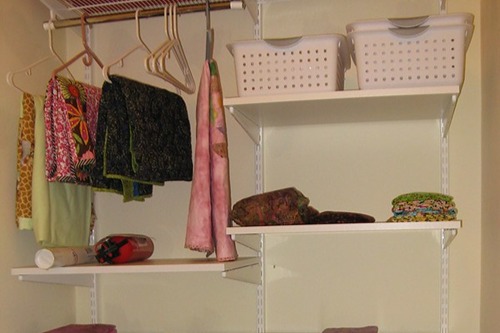
Capsule wardrobes encourage choosing only a small set of interchangeable outfits. While this reduces closet chaos, it can also turn laundry into a near-daily requirement. With fewer pieces, you can’t put off washing when you spill coffee or sweat through a shirt. That pressure makes clothes management more of a chore than a relief.
Style flexibility also takes a hit. You may feel trapped in repetitive outfits that don’t suit all occasions. Job interviews, weddings, or even seasonal changes may highlight gaps in your pared-down wardrobe. Instead of simplifying, the strict limit ends up complicating everyday decisions.
4. Empty countertops at all costs
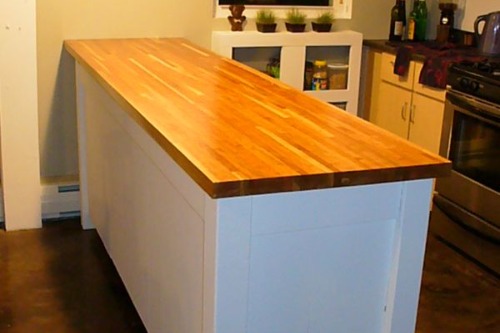
A popular minimalist rule is to keep counters completely clear, no matter what. While it looks great in photos, it means constantly moving items in and out of cupboards. The blender you use daily suddenly feels like a project to retrieve. Aesthetic minimalism becomes functional inefficiency.
It also interrupts natural workflows. Cooking, making coffee, or even doing dishes requires juggling hidden tools. Every task takes longer because your tools aren’t where you need them. Sometimes convenience beats visual perfection.
5. Digital-only living

Many minimalists advocate for going completely paperless—no books, no printed receipts, no notes. While this reduces physical clutter, it adds new layers of screen time. You’re stuck scrolling through files instead of quickly flipping through a notebook. Searching for a digital warranty in a sea of PDFs can be more draining than opening a drawer.
It also overlooks accessibility. Power outages, dead batteries, or tech glitches can leave you stranded. Some things—like flipping through a cookbook—are just easier offline. Minimalism that leans too hard on digital tools can feel more fragile than freeing.
6. No decorations allowed

The idea is that every item should serve a purpose, so art or décor is seen as “clutter.” While this might keep spaces sparse, it also strips rooms of warmth and personality. Living in a blank, utilitarian space can feel less calming and more sterile. A home without character often feels incomplete.
There’s also evidence that our environments affect mood. Personal touches like photos or plants can improve well-being. Removing them for the sake of minimalism may leave you restless instead of at peace. A little visual joy isn’t waste—it’s fuel for daily life.
7. Owning only multipurpose tools

Minimalist advice often suggests replacing single-use items with one tool that “does it all.” Think of a multi-tool instead of separate screwdrivers or a single pan for every type of cooking. In reality, these replacements usually don’t perform as well as the specialized items. You end up frustrated when your one pan burns delicate dishes.
This approach also slows you down. Constantly adjusting a multi-tool for different uses makes tasks clunky. Specialized items exist for a reason—they make life easier. Cutting them out in the name of minimalism can add hassle instead of reducing it.
8. Strict “one in, one out” policy

Some minimalists follow the rule that for every new item, an old one must go. While this helps keep clutter at bay, it can create decision fatigue. Buying a new sweater suddenly means agonizing over which existing one to toss. It turns shopping into a stressful exchange rather than an enjoyable choice.
It also doesn’t account for growth or changing needs. Sometimes you really do need to add without subtracting. Living by rigid math can make life less flexible and more punitive. Minimalism should support you, not box you in.
9. Avoiding storage solutions entirely
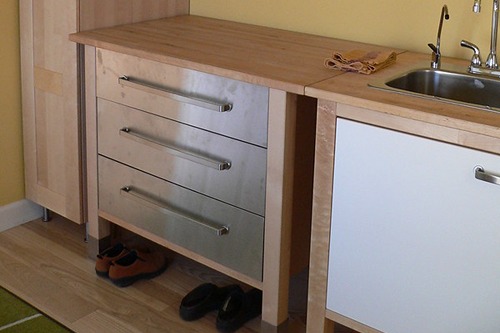
Minimalism often discourages using bins, shelves, or organizers, arguing that storage just hides clutter. But not everything can live out in the open, nor should it. Without storage, daily items end up scattered or crammed into awkward spots. What’s meant to be simplicity becomes disorganization.
Good storage can actually reduce chores. Clear labels, accessible bins, and tidy shelves save time when you need things. Rejecting storage altogether forces constant searching. Organization isn’t the enemy—it’s part of a functional minimalist life.
10. Eating the same meals every day
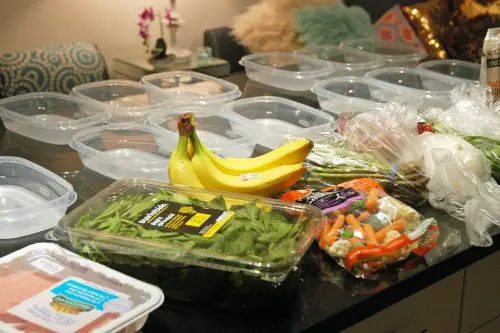
Some minimalist guides recommend simplifying food by sticking to just a few meals on repeat. While it cuts grocery decisions, it quickly turns eating into a boring chore. Without variety, meals stop being enjoyable and start feeling like fuel only. Food monotony can even make it harder to stick to healthy habits long-term.
There’s also a social downside. Going out or hosting friends becomes awkward when you’re stuck to your rigid rotation. Food is one of life’s pleasures, and reducing it to the bare minimum strips joy from daily living. Simplicity doesn’t have to mean bland repetition.
11. Minimal furniture only
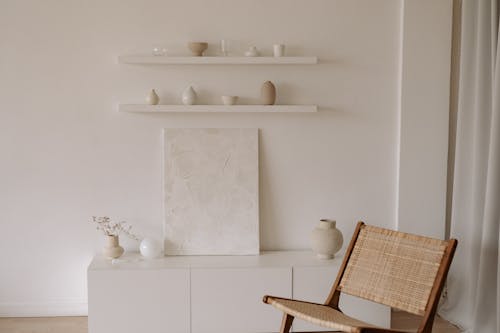
The idea of owning only the bare essentials—like one chair, one table, one bed—sounds clean on paper. In practice, it can feel uncomfortable and inconvenient. A living room without enough seating means awkward hosting. A bedroom without a nightstand leaves you fumbling for your phone or glasses.
Furniture serves function as much as form. Reducing it too far makes spaces less usable and more stressful. Guests feel unwelcome, and you feel under-equipped. A little extra comfort doesn’t cancel out minimalism—it makes it livable.
12. Always choosing the smallest version

Minimalists often lean toward compact, travel-friendly versions of everything. While lightweight gadgets and tiny tools save space, they’re not always practical. Small trash bins need emptying constantly. Tiny appliances break under daily use.
Size matters when it comes to everyday living. Choosing smaller for the sake of minimalism can create more work. The balance lies in choosing the size that matches your actual lifestyle. Shrinking everything just for appearances usually backfires.
13. Constant decluttering sessions
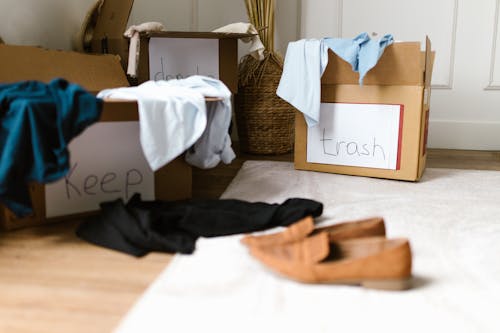
Minimalism emphasizes regular purges to keep life streamlined. But constantly reevaluating every drawer and closet can feel like a never-ending job. Instead of creating peace, you’re always on alert for “too much stuff.” It keeps your focus on things rather than freeing you from them.
This also risks making you overly critical of your space. The pressure to always get rid of more can leave you dissatisfied even when your home is functional. At some point, enough is enough. Minimalism should make room for living, not just decluttering.
This post 13 Minimalist Living Rules That Make Daily Life a Chore was first published on Greenhouse Black.
